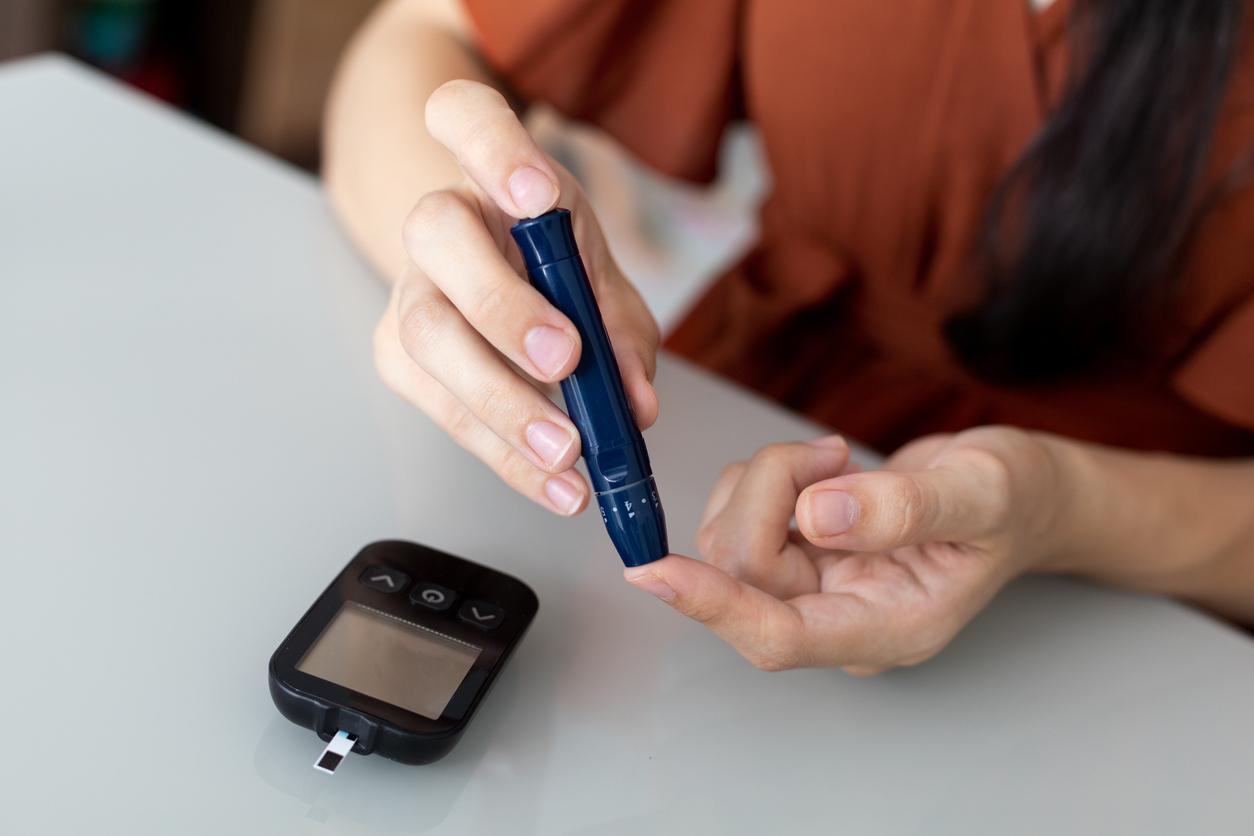The advent of the pedal desk is not far off if we are to believe a study which shows its interest against sedentary lifestyle, obesity, insulin resistance, even type 2 diabetes. would keep professional abilities intact.

Paddle boat captain, it wouldn’t be so bad for your health! A study by kinesiologists shows that pedaling at a desk, while performing work tasks while seated, improves metabolism and sugar regulation. Researchers find that insulin levels after a test meal are lower when sedentary workers are seated on a pedal desk compared to those seated at a standard desk.
This means that, thanks to the beneficial effect of muscular exercise on blood sugar levels, the pancreas and the body need to exert less effort to regulate sugar metabolism, which is beneficial vis-à-vis to the risk of type 2 diabetes. At the same time, working while pedaling does not seem to reduce occupational skills. The results are published in the journal Medicine & Science in Sports & Exercise.
Interest of the pedal desk
The researchers conclude that pedal desks “could potentially help achieve public health goals, concurrently with occupational goals in a sedentary work environment.” They point out that physical inactivity and sedentary work environments are associated with higher frequencies of obesity, diabetes and heart disease, through insulin resistance and other metabolic disorders.
Prof. Chipkin is an endocrinologist who studies the impact of physical activity and medications on insulin sensitivity and skeletal muscle metabolism, on the faculty of UMass Amherst. He explains that instead of addressing the problem of sedentary work by trying to make intermittent activity a work routine, which is currently advised, “he chose to integrate physical activity into the working day. job “.
He considered that the solutions currently available to combat sedentary living in the office (standing desks and desks with treadmills) are not usable in practice over entire working days and can even cause problems, for example by standing too long time. A pedal desk, on the other hand, can be used seated, at the user’s own speed and for the time chosen by him.
A prototype for a pilot study
Although there are currently no pedal desks on the market, Chipkin and his colleagues were able to use a prototype Pennington Pedal Desk, co-invented by UMass Amherst kinesiology researcher Catrine Tudor-Locke and co-author of the study.
For this work, the researchers recruited 12 overweight or obese full-time sedentary office workers, six men and six women, and studied them in two situations, either pedaling at a pace chosen by themselves for two hours on the pedal desk, or working seated at a traditional desk for two hours.
In both cases, participants performed computer tasks and were also assessed on the importance of mouse use, keyboard typing speed and accuracy, reading comprehension, as well as concentration and attention skills. Participants also provided blood samples after a light test meal to analyze metabolic responses of glucose, insulin and free fatty acids, a proven link between obesity, insulin resistance and type 2 diabetes.
A better metabolism
Chipkin and colleagues find that sedentary work at a pedal desk requires significantly less insulin to maintain normal blood glucose concentrations compared to sitting at a standard desk.
“It took a lot less insulin to keep the blood sugar level the same. This means that the body does not work as hard to maintain blood glucose and fatty acid levels with a pedal desk compared to a standard desk. From a metabolic point of view, the pedal desk seems to be useful and, from a professional point of view, the work does not seem impaired”. There were no changes in blood sugar or free fatty acid levels, but these were not expected in a group of people without diabetes.
The project is now to assess the impact of the pedal desk on sedentary people with diabetes. I recommend coupling the pedal set to a dynamo for office lighting: no effort, no light… and the Shadocks were pumping, pumping!

.















